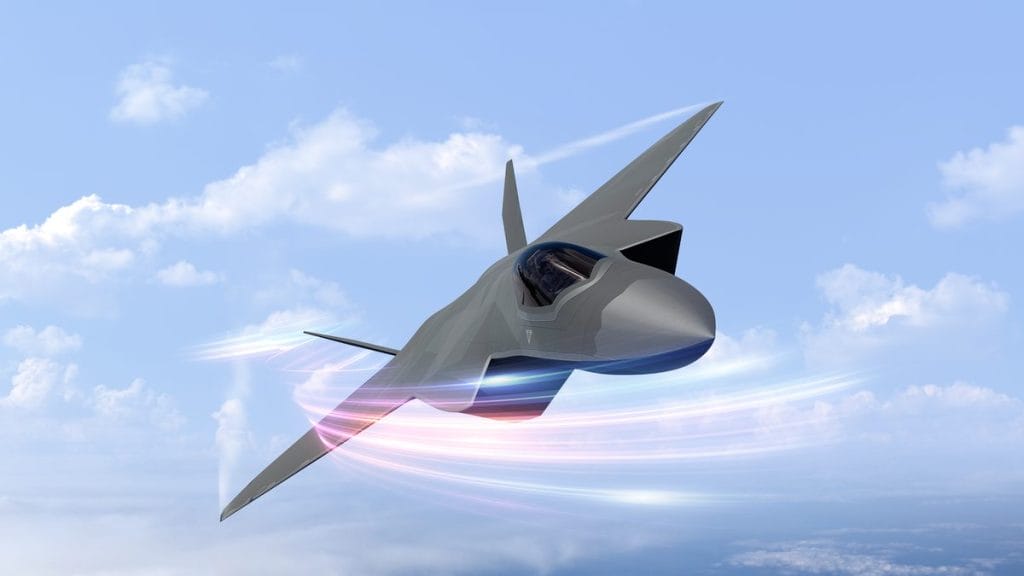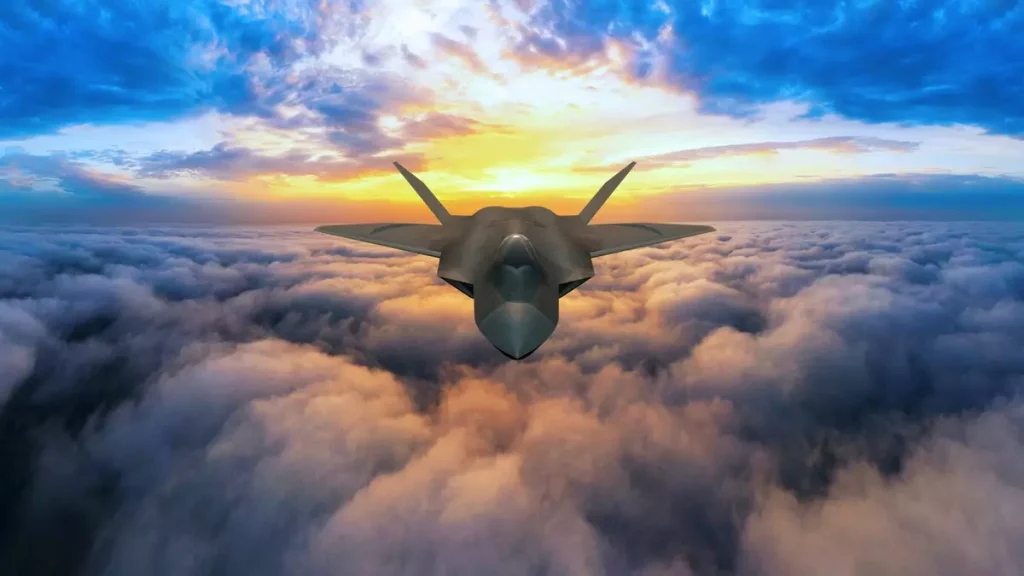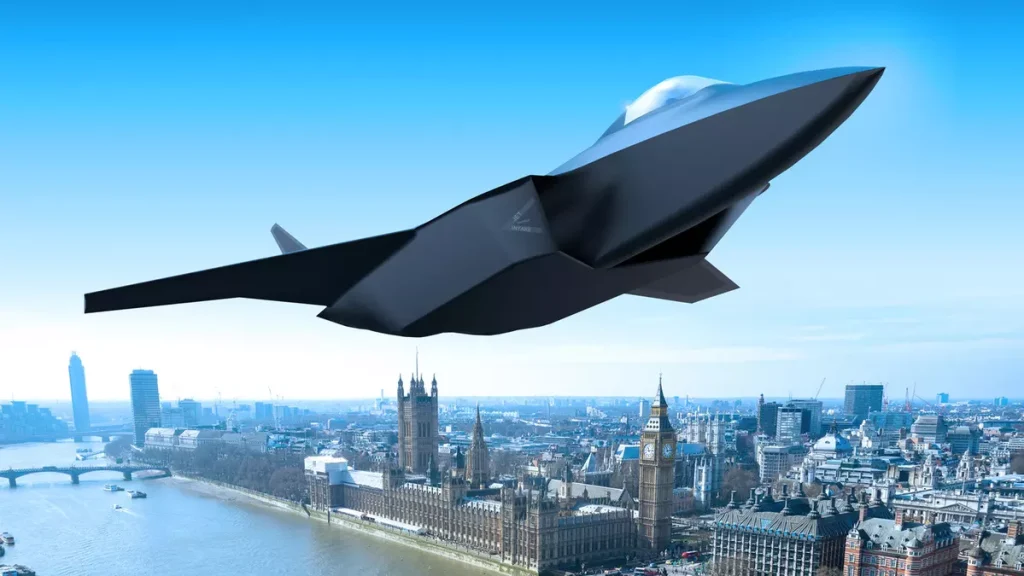Exhibiting at the show together for the first time, the three GCAP government partners and their lead industry partners BAE Systems (UK), Leonardo (Italy) and Mitsubishi Heavy Industries (Japan) will showcase the significant strides they are making to progress the delivery of a truly next generation combat aircraft.
The new concept model on display in Hall 5 features a much more evolved design with a wingspan larger than previous concepts to improve the aerodynamics of the future combat aircraft.

Engineers from across BAE Systems, Leonardo and Mitsubishi Heavy Industries are working together under a collaboration agreement on the design and development of the future combat aircraft using a range of innovative digital tools and techniques, including computer based modelling and virtual reality to evolve the aircraft’s design during its concepting phase.
In the 18 months since the launch of the Global Combat Air Programme, we’ve been working closely with our industrial partners in Italy and Japan under the collaboration agreement, and also with the three governments, to understand and align requirements for a next generation combat aircraft. The new model, unveiled at Farnborough International Airshow, shows notable progress in the design and concepting of this future fighter jet. We’ll continue to test and evolve the design, as we move closer towards the next phase of the programme.Herman Claesen, Managing Director – Future Combat Air Systems, BAE Systems

The pace of the programme is extraordinary, building on a solid foundation and industrial legacy in each country and government-led partnership. Since the treaty was signed in December 2023, the programme has seen strong commitment from each partner. Each brings different, but complementary, qualities and requirements. We are now working closely together to exchange knowledge, address common challenges and achieve common goals. The programme is immensely important for Italy, for Leonardo, including our UK-based business, and for wider Italian industry. GCAP represents the future of combat air in a System of Systems perspective for our generations to come.Guglielmo Maviglia, Chief Global Combat Air Programme Officer, Leonardo
MHI considers any project to be a valuable opportunity to deepen our knowledge. In particular, since GCAP is a three-country joint development programme between Japan, UK and Italy, we expect to obtain better results and deeper knowledge than ever before by combining the different cultures, experiences and knowledge of the three industries involved. I also hope that this GCAP programme, with the broad participation of Japan’s defence companies, will foster innovation in the country’s industrial sector such as digital transformation, as well as the development of human resources in the field of science and technology.Hitoshi Shiraishi, Senior Fellow – GCAP, Mitsubishi Heavy Industries

The combat aircraft, set to be in service in 2035, will be one of the world’s most advanced, interoperable, adaptable and connected fighter jets in service, boasting an intelligent weapons system, a software-driven interactive cockpit, integrated sensors and a powerful next generation radar capable of providing 10,000 times more data than current systems, giving it a battle-winning advantage.
GCAP is a strategically important partnership, bringing together the governments of the UK, Italy and Japan, and their respective industries, to collaborate on shared military and industrial objectives in the delivery of a next generation combat air capability.

The programme is hugely significant for the security, political and economic prosperity of each nation and through effective knowledge and technology transfer will help to evolve and deliver important sovereign combat air capability in each nation, for generations to come.
GCAP is set to employ tens of thousands of skilled people across the UK, Italy and Japan, growing industrial skills and technologies for the future.







